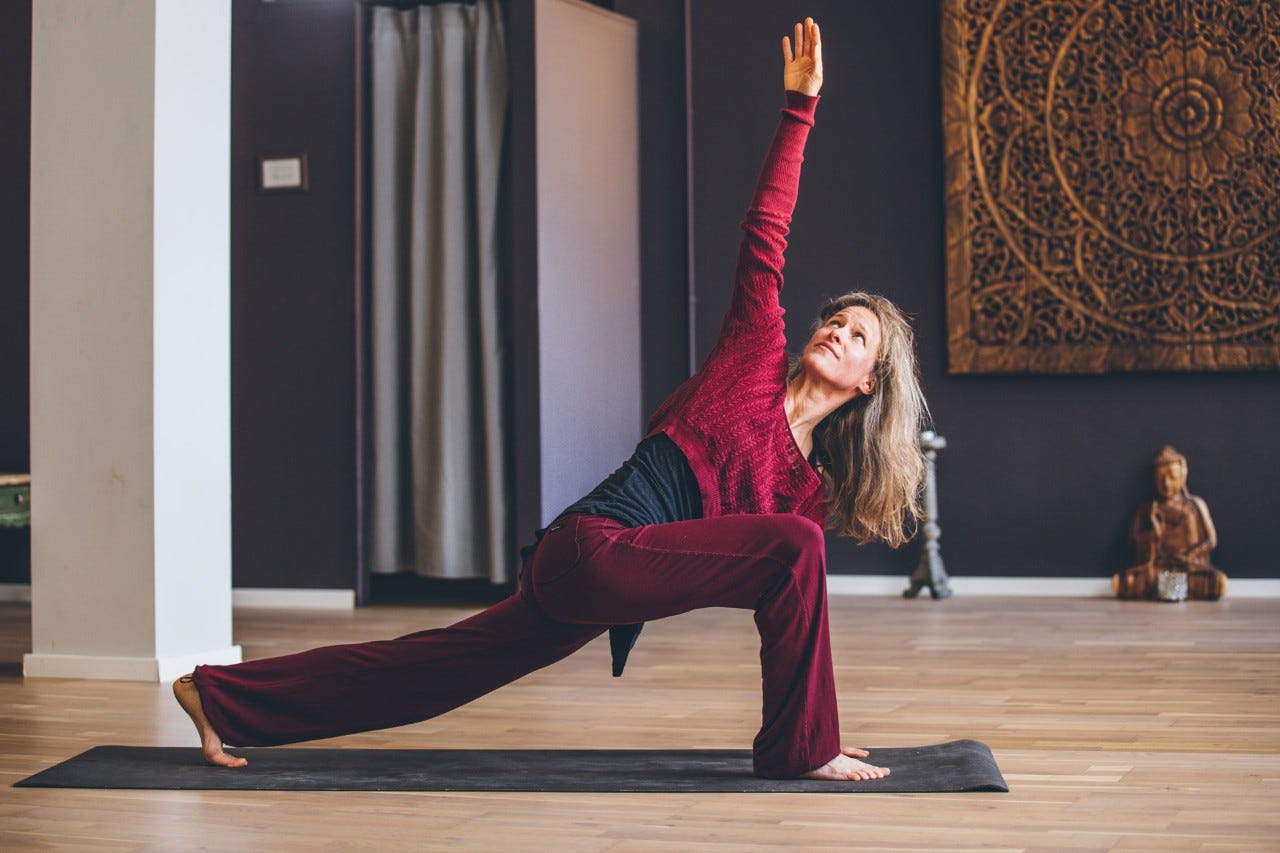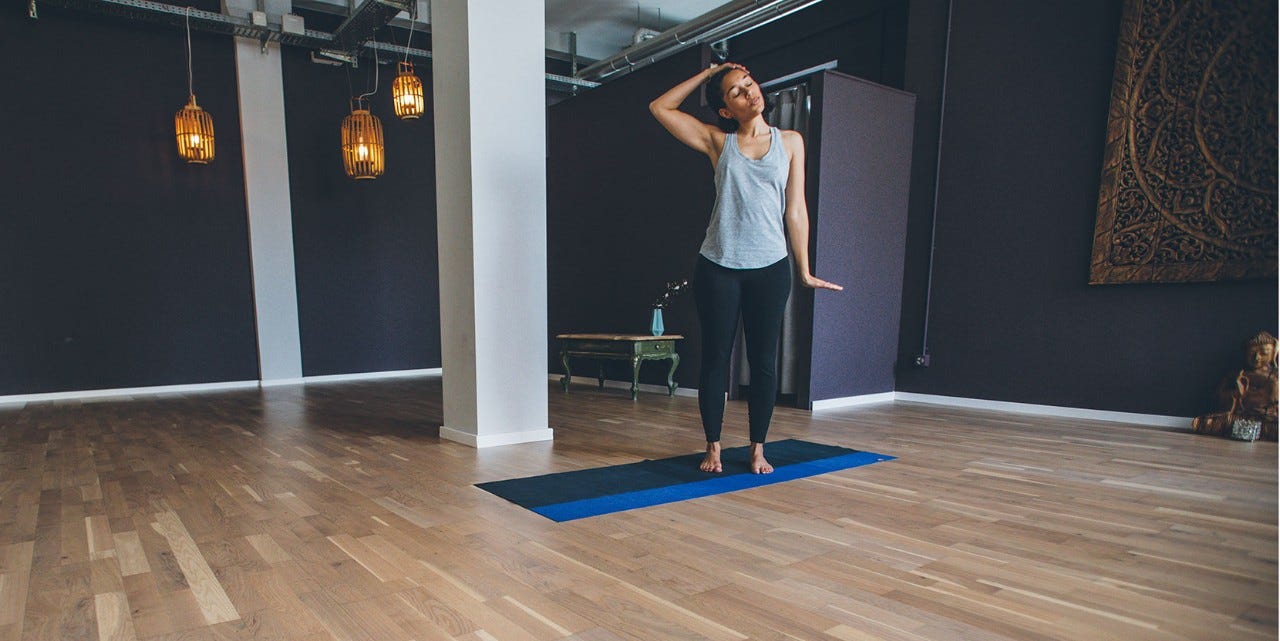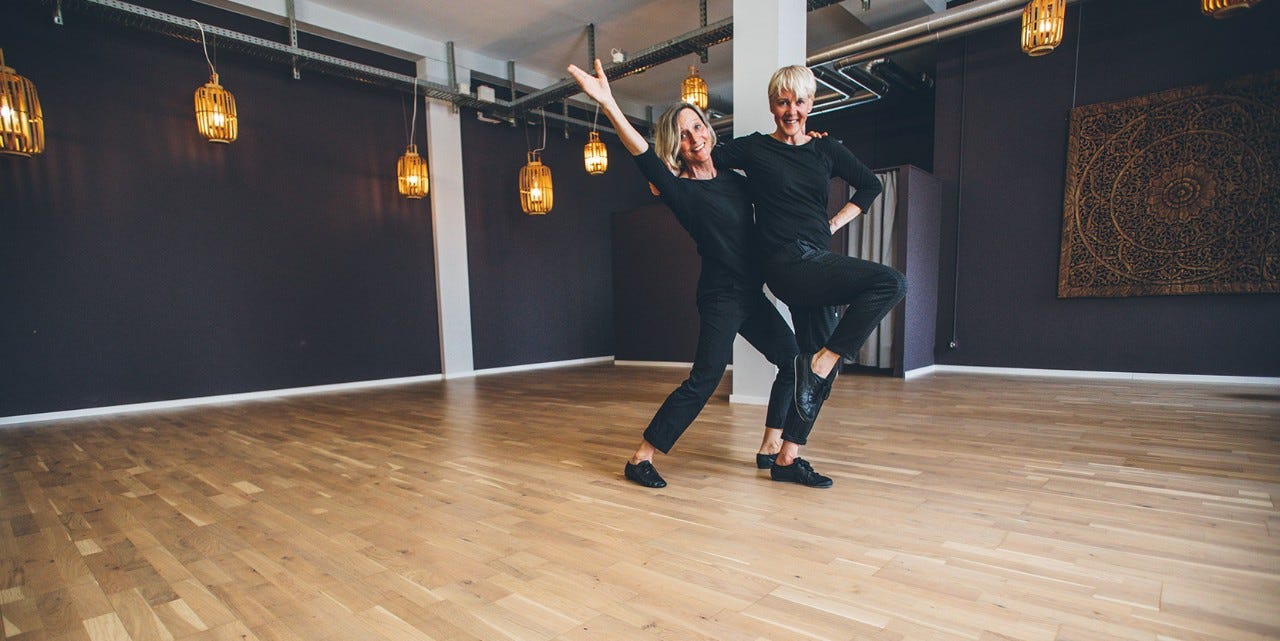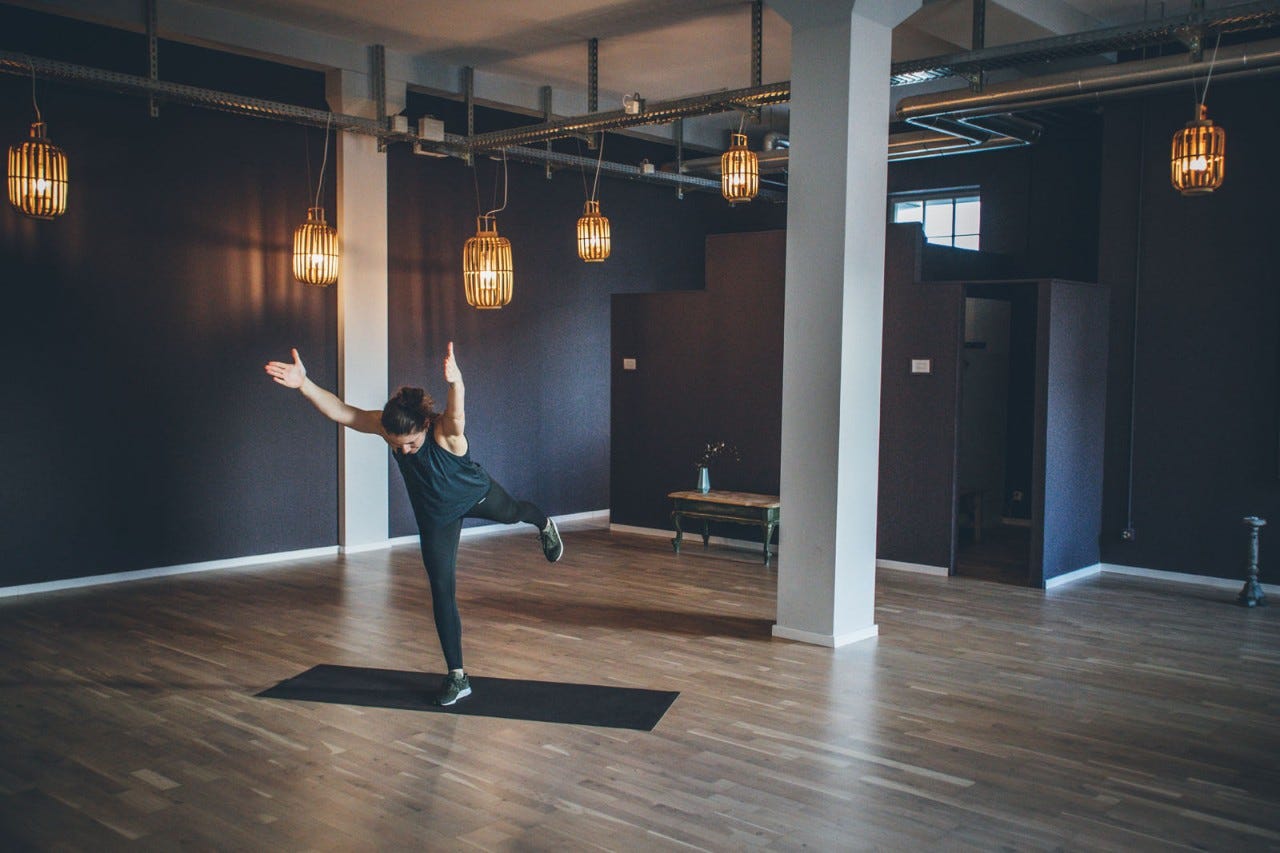Relax with after-work yoga
Do you feel tired, tense and stiff at the end of a working day? An after-work yoga flow can help relax your body and calm your mind.

How after-work yoga works
The hustle and bustle of daily life and the dizzying demands on our attention have increased the pace of life – whether it be at school or at work. And thanks to smartphones and social media, we don’t even switch off in our free time. This means our adrenalin levels are always high, which throws us off balance. This hormone, which is produced in the adrenal glands, is really only meant for extraordinary events involving the fight or flight instinct. If we constantly overuse it, it depletes our energy reserves. Once these are used up, we simply feel exhausted all the time. An after-work yoga flow helps you relax immediately and prevents this from happening.
Video: Relaxing yoga
The yoga flow in the video has a relaxing effect on the back and hips. A series of exercises in all directions helps to open and strengthen the back. As the pelvis and hips can also be sources of tension, this after-work yoga flow has gentle exercises for these areas too. It is worth doing this sequence regularly to accustom your mind and body to feeling relaxed on a long-term basis.
Positive effects of after-work yoga
- By doing the sequence of exercises and strengthening our body, we release tension. This rectifies any imbalances in the muscles.
- The breathing exercises have a direct impact on our nervous system, thus boosting our emotional and mental well-being.
- As stress gradually builds up, we eventually feel it in the body as tension and later as pain or – in the worst case – illness. If we are aware of this mechanism, we know that we are responsible for our well-being and that we can do something good for our body and mind every day.
- The later in the evening that you do the after-work yoga, the calmer and gentler it should be. The main part should comprise gentle stretches and calming breathing exercises. Following these exercises with meditation, e.g. observing your breathing, will help calm your nervous system.
Stephanie studied physical education and sport at ETH Zurich. She then went on to teach sport at a secondary school and used movement therapy to help substance abusers, adults with cancer and children with asthma. Today she teaches Lu Jong healing yoga, which is linked to Tibetan Buddhism and its teachings, at the Volketswil community centre.


